How Donald Trump’s reboot could spoil another BHP run at Anglo
As restrictions on BHP making another mega-approach to Anglo’s board lift in coming days, this time the Australian miner could be fighting against a bigger force.
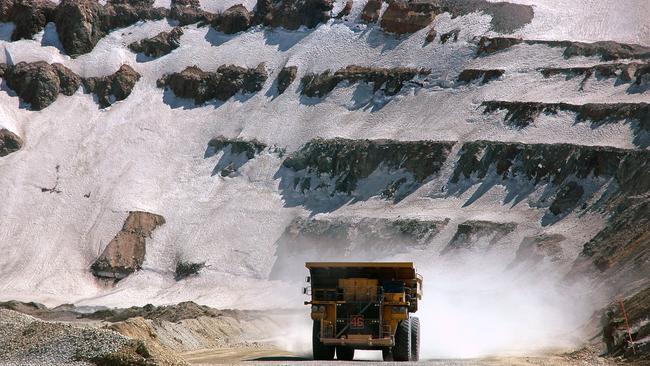
There’s just three days to go when BHP is clear to take another run at Anglo American under the archaic UK takeover rules. And by extracting itself out of coal for nearly $US5bn ($7.7bn), Anglo has made clearer run for BHP boss Mike Henry.
But could Donald Trump now be the one complicating things for the Australian miner?
The smart money is preparing for another BHP bid – it is unlikely to be immediately after November 29 – but they say it is coming.
The question is at what value BHP is prepared to pay for a slimmed-down Anglo, And as part of that answer, there’s a view that Trump’s tariffs could force BHP to turn to cash if it really wants the Anglo prize.

Much of the value in BHP’s initial US$49bn bid was captured in the currency of its own shares.
They have pulled back 15 per cent since late May when Henry’s final £31.11 offer was tabled with fears of a global slowdown hitting China’s already sluggish-growth. Over the same period Anglo is down 10 per cent.
The balance of the value was through the spin-off to Anglo shareholders of the London-miner’s stake in South African-listed Amplats and a second company, Kumba iron ore. Shares in both are down more than 17 per cent and 35 per cent respectively since BHP’s final bid was tabled, further weakening Henry’s carry trade.
Trump’s plan for trade war will hit China hard and there are fears this could even dampen global growth, which hurts demand for all commodities. Global markets were rattled Tuesday when Trump made his opening gambit vowing a higher tariffs on Chinese goods while slapping a tariff on Mexico and Canada.
All things being equal, BHP’s share-based offer would be worth £22.60 if it was tabled today. Anglo’s shares closed in London on Monday night at £23.91.
Sure, it’s a long way from the £31 range that BHP was talking about in May, but on the relatives, Anglo is looking much healthier. Remember, through the initial takeover period in April and May, Anglo didn’t trade at a premium to BHP’s offers.
Since the Anglo board spurned BHP’s multiple approaches, Henry has consistently said he has moved on from the London miner. To emphasise this point, he snapped up an Argentinian copper prospect in the Andes in a joint $3bn deal with Sweden’s Lundin family.
Anglo’s boss Duncan Wanblad built his entire defence plan around the rapid-fire break-up of its miner, shedding coal, nickel, platinum and diamonds.
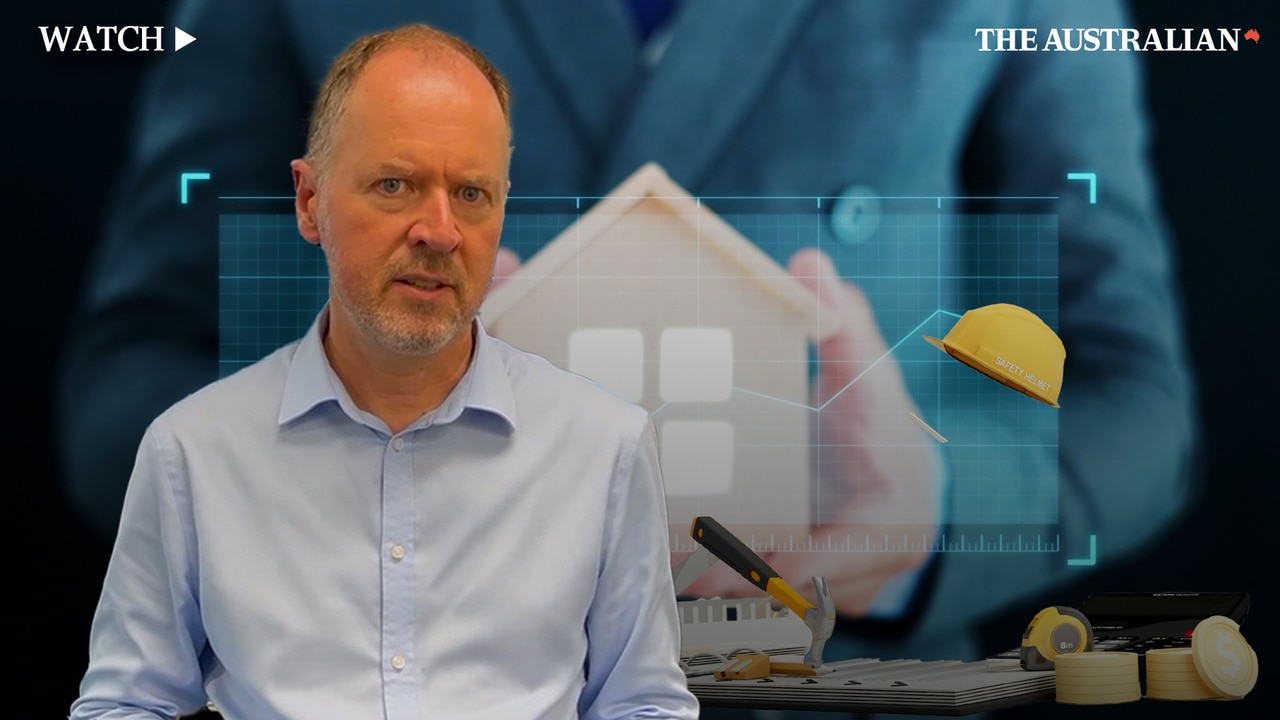
This would give Anglo a clear run to focus on its rich copper prospects and to a lesser extent iron ore and crop nutrients. Copper remains the prize as BHP seeks to hold a dominant position in the metal that will be in high demand through the energy transition.
Anglo hit an important milestone in its plan this week, finalising one of the biggest of its asset sales, offloading steelmaking coal covering four Queensland mines to US-based Peabody for up to $US3.8bn. That came on the heels of selling a stake in Queensland-based Jellinbah coal mine. In total the coal sales came in better than expected and stand to deliver nearly $US5bn warchest with much of this cash going back to Anglo’s shareholders.
Even if BHP moves on Anglo before the coal sale is finalised, BHP will still want to ensure there’s a vehicle where the funds make it to Anglo’s investors.
The forces driving BHP’s initial Anglo approach have become much defined through the year.
BHP has just finished an investor tour of its giant majority owned and operated Escondida copper mine. Here, BHP will need to spend up to $10bn until the end of the decade to offset the decline and keep the Chilean mine’s annual copper output constant over coming years. In short, it is spending up big to stand still for the next decade. Beyond 2040, a bigger and more costly decision is needed to squeeze more out of Escondida’s sizeable hole in the ground.
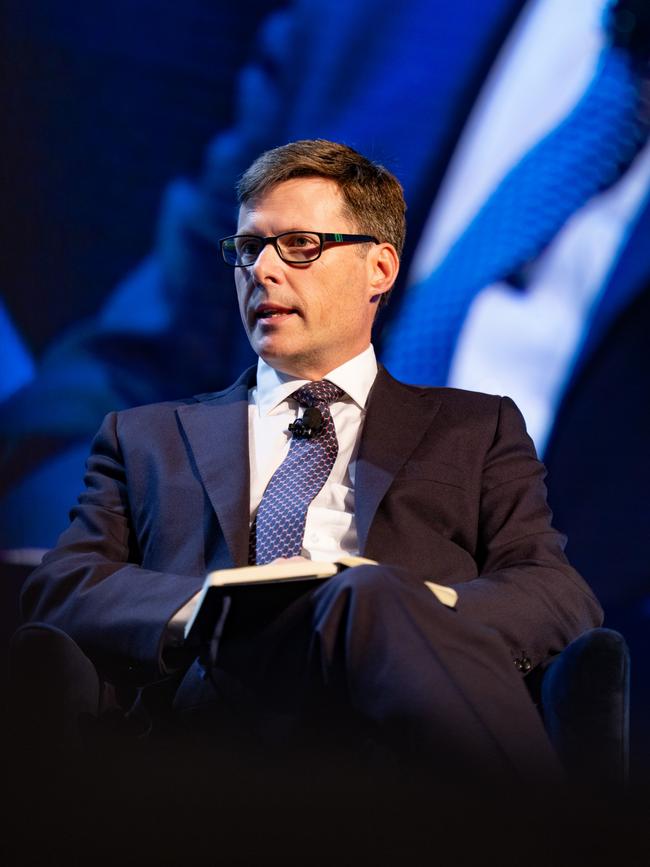
Anglo’s Wanblad maintains his break-up plan is well in train. The demerger of Amplat’s South African platinum business is expected by mid-next year, He says there is strong interest in the nickel assets, despite the depressed prices for the metal. More complicated is the sale of De Beers diamond miner at a time when the industry is facing intense competition from cheaper but virtually identical lab grown diamonds. Wanblad has also promised the delivery of $US1bn in cost savings, a move that boosts earnings and therefore value.
One way forward for Henry will be to sell Anglo’s 63 per cent stake in Kumba outright rather than a demerger and here players including Glencore which has other operations in South Africa have previously expressed an interest. This would remove at least half of the execution risk of BHP’s deal as it seeks to keep the South African government onside. This too would give Henry some cash to put in as sweetener for Anglo’s shareholders.
It doesn’t solve Henry’s headache around Amplats and DeBeers, or even the very real and damaging Trump tariffs. If Henry is planning to move, he will need to be quick or risk letting value drift away for good.
Slow trade
Shares in the Argentina, Canada, Mexico, India and the US can transferred within one day of the trade taking place. In China and Hong Kong it happens almost instantly. The UK and European are investigating a move to one business day settlement – dubbed T+1. Even New Zealand planning to going down the path.
Australia’s market operator ASX says investors here will move from a two day settlement to T+1 sometime around 2029. At the current rate it puts the Australian well behind the rest of the world on a market that has the ability to move quicker but will be stuck in the slow lane.

It’s more fallout from the market operator’s long-promised and much-maligned clearing and settlement upgrade which is now running into its eigth year.
A year into the rebooted and now much-less ambitious project under chief executive Helen Lofthouse, the ASX is already warning of cost blowouts. However at this stage the project remains inside the top end of its initial guidance range. There now clarity around the total cost of the project of $445m. There’s another $200m in writedowns on the first effort of the shelved replacement. In addition it has committed $70m to help market participants fund their the necessary upgrades to move to the new technology. All up that’s more than $700m in expenses allocated and counting.

After pulling the plug on the previous and unproven Blockchain-based upgrade of its aging CHESS settlement system, new chief Lofthouse last year opted for a safer off-the-shelf version. The new project, being developed by India’s Tata Consultacy Services will be broken into two to minimize delays.
Under the new roadmap, stage one that covers clearing services will cost up to $125m is scheduled for 2026 delivery. Stage two, with settlement and other services will follow in for delivery in 2029. That’s when the shift to T+1 is scheduled to take place.
A lot needs to go right for the ASX to hit its delivery and cost targets over the coming four years. The exchange is undertaking three complex tech projects at once including a modernization effort.
“We’re doing a lot of things at the same time,” Lofthouse told analysts. And any big project in a large tech heavy organization has shown there’s plenty of room for deal slippage.
As Tuesday’s 4.3 per cent share price fall shows, investor confidence is so low in the exchange’s ability to deliver that even small deviations in the project promises sees it punished.
eric.johnston@news.com.au




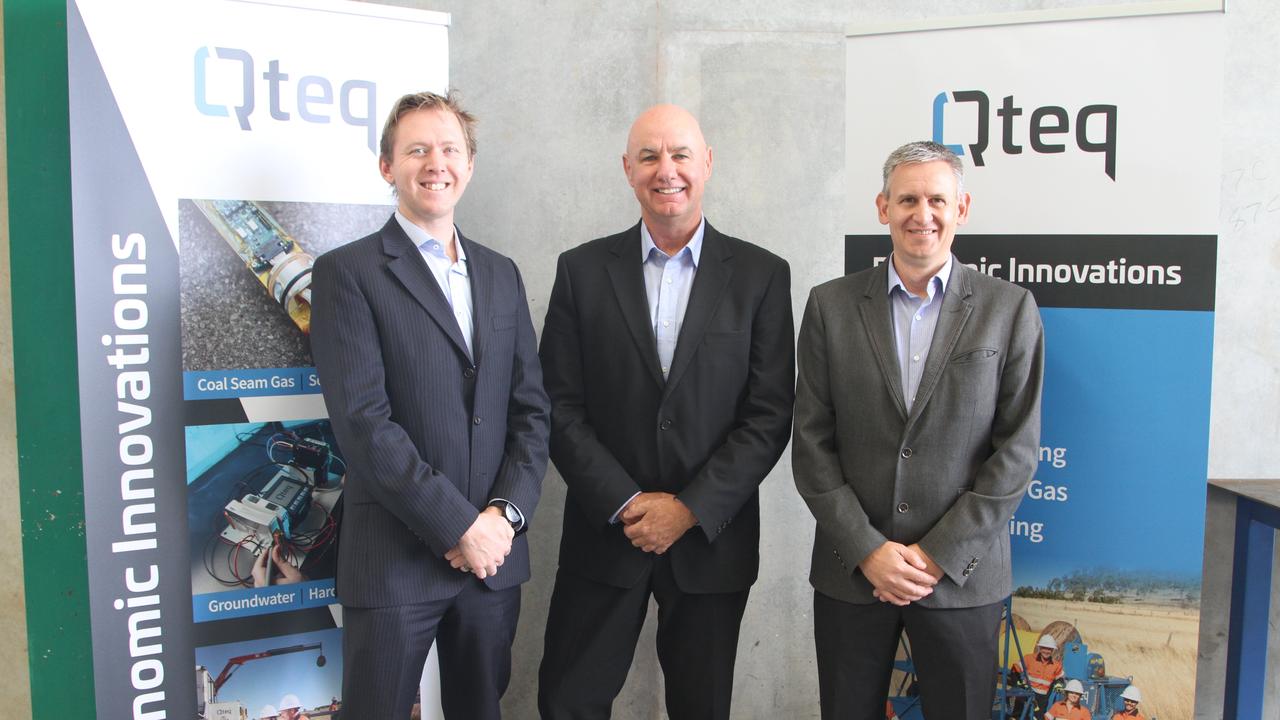
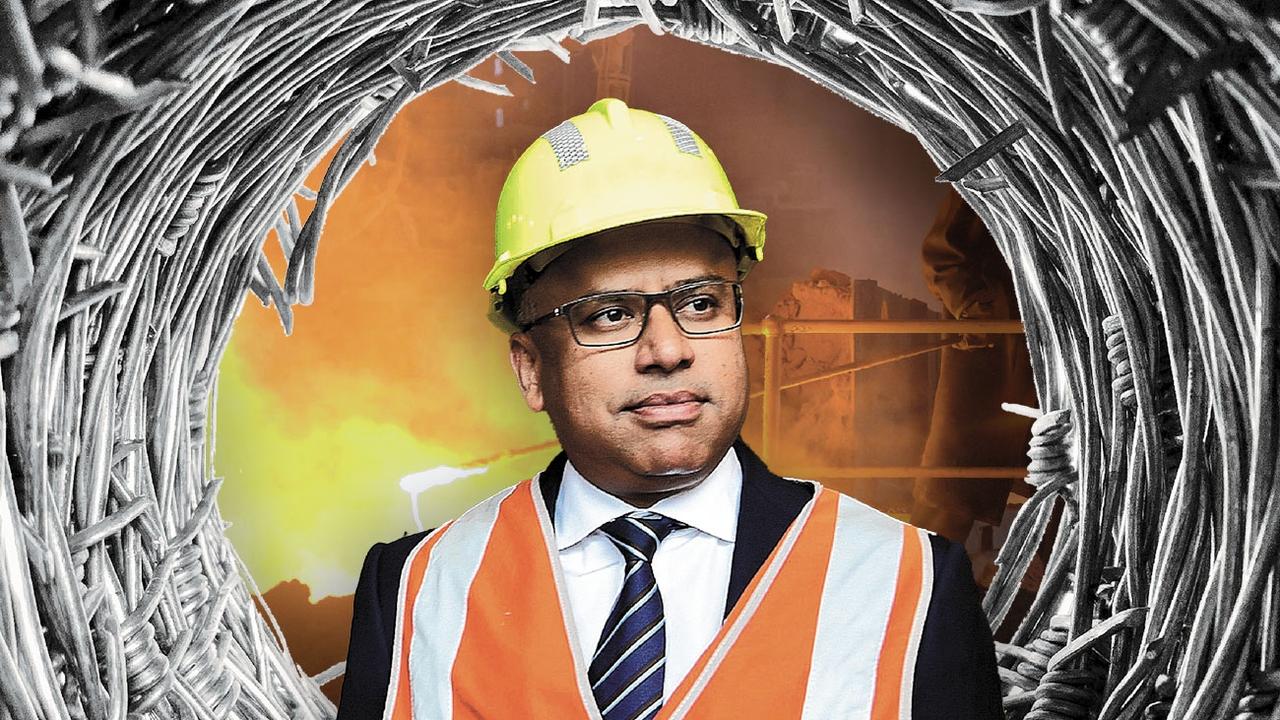
To join the conversation, please log in. Don't have an account? Register
Join the conversation, you are commenting as Logout